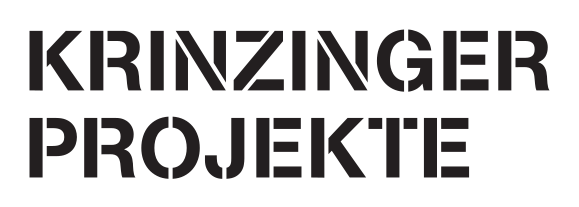Rodchenko School. New Generation of Russian Art. Photography and multimedia
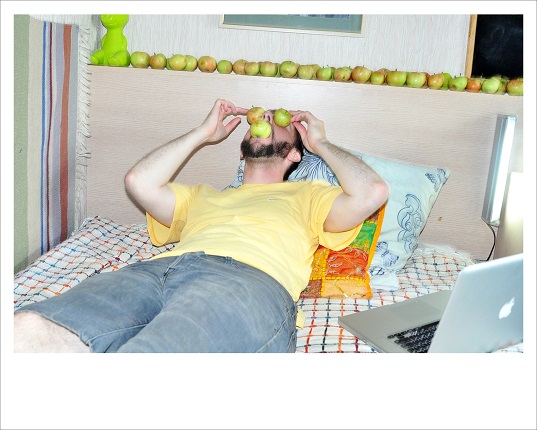
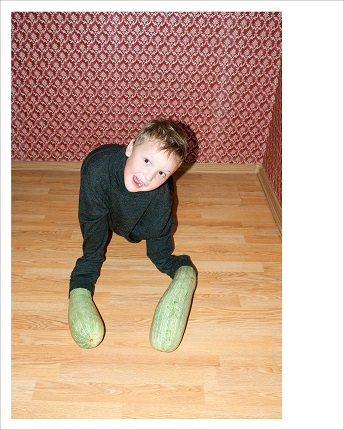
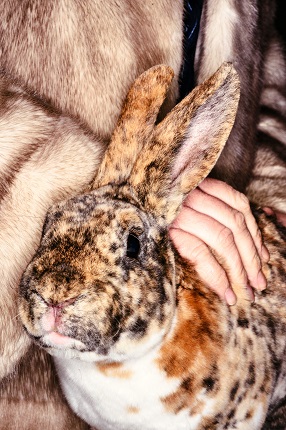
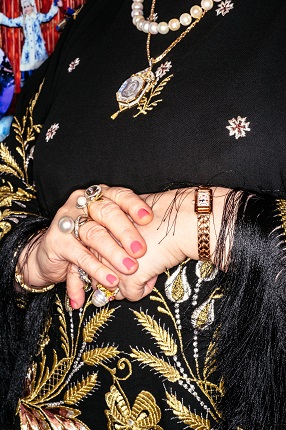
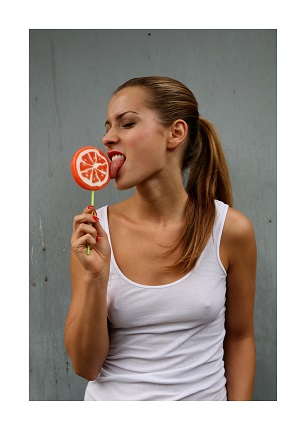
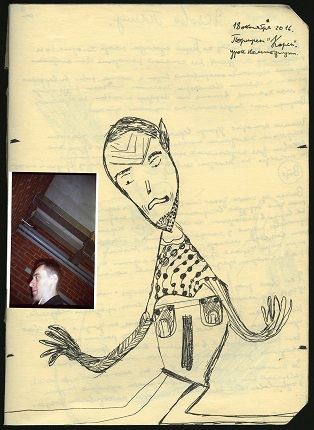
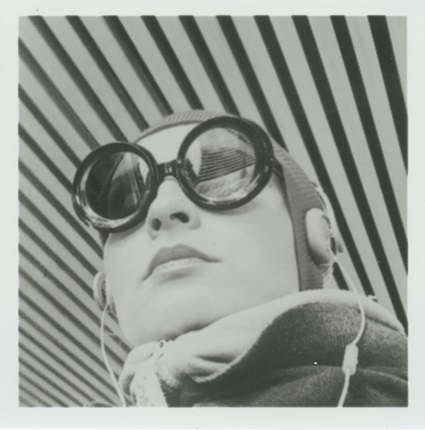
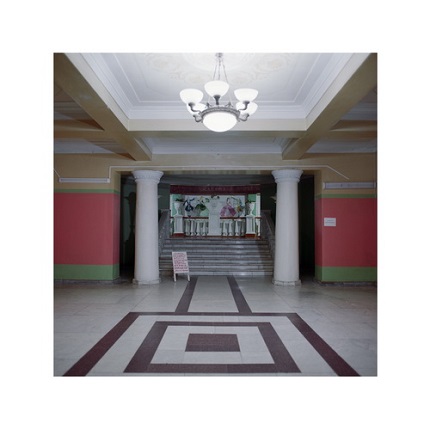
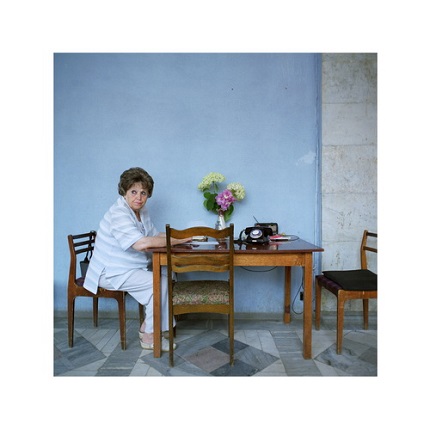
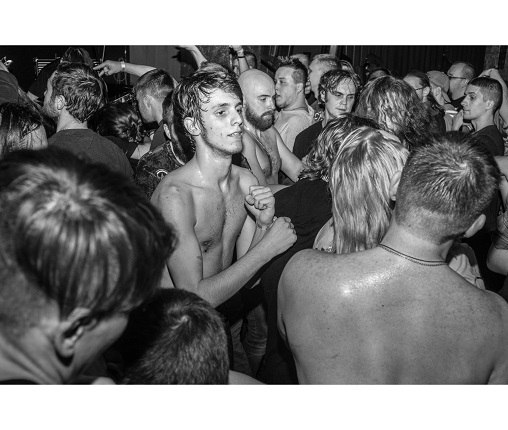
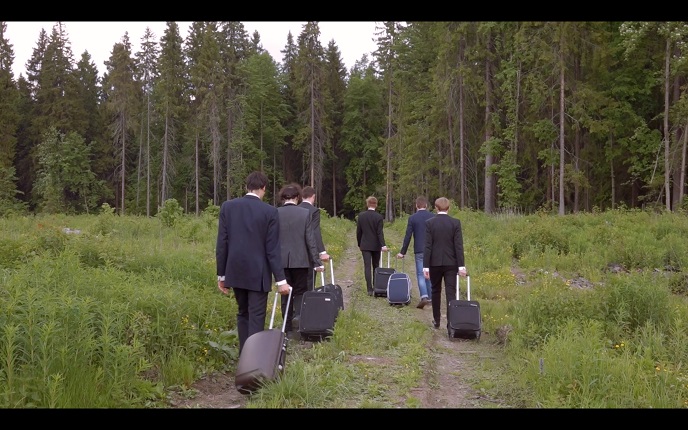
Igor Samolet. From the series ‘Breakfast for Artem’. 2016-2017.
Igor Samolet. From the series ‘Breakfast for Artem’. 2016-2017.
Alexander Anufriev. From the ‘Fragments’ series.
Alexander Anufriev. From the ‘Fragments’ series.
Yulia Lebedeva. From the series ‘Drive’, 2009-2011
Eugene Muzalevsky. The diary, 2016
Maria Ionova-Gribina. ‘Nearly Like Other Girls’series, 2012. Artist gelatin silver print
Dmitry Lukianov. From the ‘Palace of Culture’ series, 2013
Dmitry Lukianov. From the ‘Palace of Culture’ series, 2013
Ekaterina Mamontova. From the project ‘Mosh’, 2015
Vik Laschenov. One floor above they sing until someone swims with dolphins. 2016. Still from single channel video with sound . Duration 10 min 40 sec.
Vienna, 16.11.2017—13.12.2017
exhibition is over
Krinzinger Projekte
Schottenfeldgasse 45, A-1070
www.galerie-krinzinger.at
Share with friends
For the press
As part of the Moscow Days in Vienna, the Multimedia Art Museum, Moscow presents ‘New Generation of Russian Art’, an exhibition of works by students and graduates of the A. Rodchenko School of Photography and Multimedia. During the twelve years of its existence the Rodchenko School, which is a structural subdivision of MAMM, has greatly contributed to formation of the landscape of new Russian art – Next Generation Art. The exhibition includes photographs, video and interactive installations that enable students and graduates of the Rodchenko School to explore a reality that is rapidly changing before our eyes, to analyse the theme of identity and also reflect on the nature of art as it is modified and transformed under the influence of information technology.
One of the features of contemporary art is its multi-level capacity, and hence new technologies by no means cancel out traditional forms and genres, but facilitate an unusual visual angle on the problems facing society today.
Katya Mamontova’s ‘Mosh’ project, realised in the genre of direct and uncompromising photo reportage, shows the present-day generation of young people that revive ancient myths, striving to overcome estrangement and loneliness in a search for identity and a unifying principle. Mamontova captures a new reality existing at the junction between contemporary dance culture and primitive ritual, creating extremely powerful visual images.
Yulia Lebedeva’s series also deals with problems of representation and self-identification. Her ‘Drive’ project is dedicated to the ‘golden’ generation of Russian adolescents whose entire existence is defined by obtaining pleasure and impressions, constantly fuelled with the new opportunities provided by a civilisation of consumption. ‘Instagram’, her second series, examines the nature of mass media. Photography was firmly established on Olympus, together with the other muses of the arts, and is rapidly superseding words, which are now only necessary as hashtags. The Next Generation prefers the picture. Yulia Lebedeva relects on the mechanisms that determine the life of photography in social networks, as the documentary and personal become artistic and public, as snapshots and ‘likes’ become a means of communication.
Maria Ionova-Gribina’s project ‘Almost Like All Girls’ examines the phenomenon of the selfie, a self-portrait genre of sorts that exists according to the strict rules of social networks: you must constantly shoot and post the latest selfies to confirm your existence. Manually printing photos on paper, Maria Ionova-Gribina turns pictures intended solely for virtual existence into physical, fragile, unique objects, works of new art.
Dmitry Lookianov, a Parmigiani Spirit Award winner (2015), is also passionate about the problem of self-identification, one of the most important issues for the millennium generation. In this case we are talking about a study of the recent past. His project ‘DKdance’ takes a contemporary look at Houses of Culture, distinctive symbols of Soviet history. In the USSR the House of Culture was an epitome of the Leninist slogan ‘Art belongs to the people’. Today, under the onslaught of artistic innovations, they have lost their grandeur and status as a key element of the country’s cultural life, gradually turning into dilapidated monumental memorials of a bygone era. In his ‘Fragments’ series Alexander Anufriev questions whether it is possible to describe the world as a whole or discover something new in our surrounding reality with just one fragment. This issue is relevant for a generation whose life often takes place on social networks, where an entire discourse disintegrates into fragments.
Vik Laschenov’s video entitled ‘One Floor Above They Sing Until Someone Swims With Dolphins’ is an ironic reflection on a phenomenon referred to as ‘office plankton’ – that international class of employees not connected to production processes, ‘suspended’ somewhere between on-line and off-line. Saturated with humour, Vik Laschenov’s project refers the viewer to the OBERIU’s art of the absurd.
‘Breakfast for Artyom’, a series by Igor Samolet, reflects on whether it is possible to create a competition for gadgets, in a bid to attract the attention of the new generation of on-line children. The artist’s goal was to devise such a game in reality, to make it more interesting than an electronic game. Igor Samolet creates a live performance involving his small nephew. A live game and human communication at least temporarily win over computer games.
The video ‘Mad Mimes’ by Dmitry Venkov, winner of the Kandinsky Prize for contemporary art (2012), is an anthropological study of an imaginary commune, a fiction created in the genre of the classic popular science film. In his treatment of an ephemeral community living beside a main road Venkov explores the mechanisms and means of existence of contemporary art in today’s world.
Evgeny Muzalevsky’s ‘Diary’ project is an example of conceptual photography, an auto-reflection that unites the artist, writer and photographer. ‘Diary’ is a virtual notebook with diary entries, drawings and pasted photos. All these documentary sequences existed independently of one another on different media and were combined by computer editing, which became in this project analogous to the way the human memory works and how we reconstruct the past, collecting it in a single image.
Natalia Alfutova’s interactive object ‘Fourth Avatar’ demonstrates the transformation of real objects with the aid of cutting-edge technology. The spectator is included in this study of contemporary reality by placing any object of a suitable size in a special terminal that scans, identifies and finds a news article about it that is then shown on the display, instantly replacing the photograph in the article with the scanned image. Then the article about any object belonging to the viewer is published on a special project website.
Of course the exhibition can only give a fragmentary view of processes occurring in the new contemporary art of Russia, but the works presented by students and graduates of the A. Rodchenko School of Photography and Multimedia undoubtedly indicate some important trends that concern the Next Generation today.

